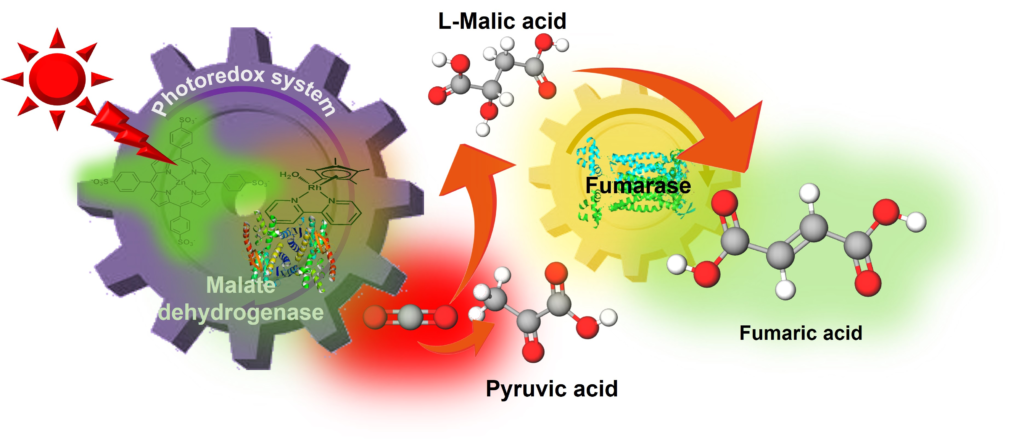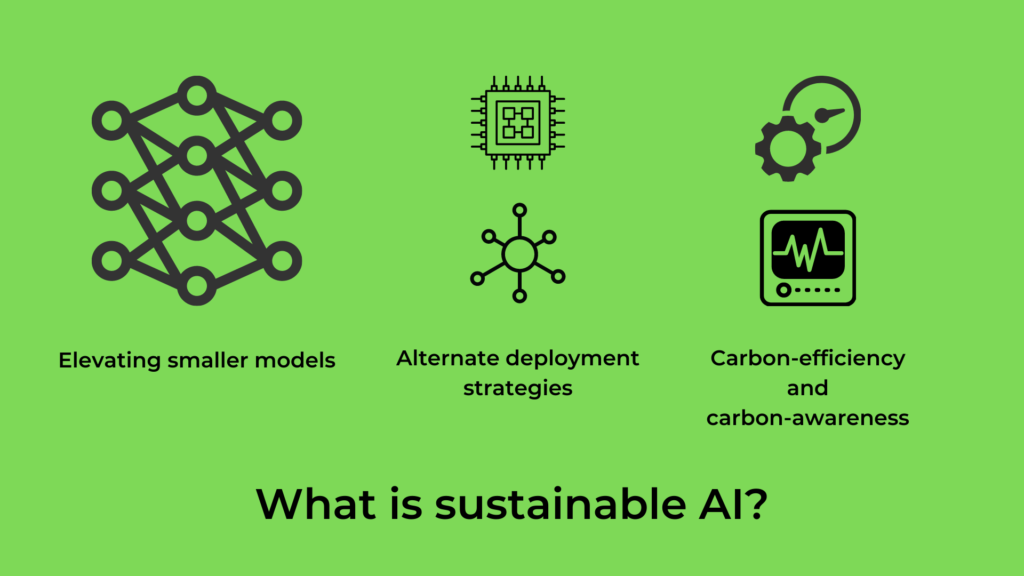Positive: AI-powered photosynthesis research has the potential to revolutionize sustainable energy production, mimicking nature’s efficiency to create cleaner energy solutions.
Negative: While promising, AI-driven photosynthesis technologies are still in the early stages, and scaling them for practical use faces numerous technical and environmental challenges.
- Key Steps in Artificial Photosynthesis
- Why It's Important
- Challenges
- 1. Renewable and Sustainable Energy Production
- 2. Carbon Capture and Utilization (CCU)
- 3. Energy Storage and Distribution
- 4. Environmental Benefits
- 5. Improved Efficiency Through AI and Machine Learning
- 6. Hybrid Energy Systems
- 7. Advanced Material Design
- 8. Interdisciplinary Collaboration
- Challenges Ahead

ARTIFICIAL PHOTOSYNTHESIS
Artificial photosynthesis is a process that mimics the natural process of photosynthesis, but in an artificial or engineered system. The goal is to convert sunlight, water, and carbon dioxide into chemical energy, typically in the form of fuels like hydrogen or carbon-based fuels, much like how plants convert sunlight into sugars.
Key Steps in Artificial Photosynthesis
- Light Absorption: Sunlight is absorbed by materials such as semiconductors, catalysts, or photocatalysts, which help initiate the chemical reactions.
- Water Splitting: The energy from sunlight is used to split water (H₂O) molecules into hydrogen (H₂) and oxygen (O₂). This step is called water splitting or photolysis.
- CO₂ Reduction (Optional): In some systems, carbon dioxide (CO₂) is captured and reduced to form useful fuels, like methane (CH₄) or carbon monoxide (CO). This step mimics how plants take carbon dioxide and convert it into organic compounds.
- Energy Storage: The hydrogen or other fuels produced can be stored for later use, acting as an energy carrier for power generation or other applications.

Why It’s Important
- Clean Energy: Artificial photosynthesis has the potential to provide a clean, renewable energy source, using sunlight, water, and CO₂—abundant resources that don’t produce harmful emissions.

- Sustainability: It could help address global energy needs while reducing greenhouse gas emissions, which are a major contributor to climate change.

- Energy Storage: Unlike solar power, which requires batteries or grid connections, fuels like hydrogen can be stored and transported more easily, providing a solution for intermittent energy sources.

Challenges
- Efficiency: Current artificial photosynthesis systems are still less efficient than natural photosynthesis or traditional energy sources, and there’s a long way to go before they can be used on a large scale.
- Cost: The materials needed for artificial photosynthesis, such as advanced catalysts, can be expensive and difficult to produce at scale.
- Scalability: To make a meaningful impact on energy production, the technology would need to be scaled up significantly, which is still a challenge in terms of cost, materials, and infrastructure.
- sources : chatgpt.com
FUTURE SCOPE OF AI PHOTOSYNTHESIS
1. Renewable and Sustainable Energy Production
- Solar Fuel Production: AI photosynthesis could evolve into a reliable method for producing solar fuels (e.g., hydrogen or synthetic hydrocarbons). These fuels can be used in various sectors such as transportation, industrial processes, and electricity generation, providing a clean, renewable alternative to fossil fuels.
- Scalability for Large-Scale Energy Generation: In the future, artificial photosynthesis could be scaled up to the level needed to power entire cities or regions. With improvements in efficiency, this technology could help meet the global demand for energy while reducing reliance on non-renewable sources.
2. Carbon Capture and Utilization (CCU)
- Carbon Dioxide Reduction: AI photosynthesis can be used to reduce atmospheric CO₂ by converting it into valuable fuels or chemicals, essentially capturing and recycling carbon. This would be a critical tool in the fight against climate change, as it could help offset carbon emissions from industries, transportation, and other sectors.
- Circular Carbon Economy: By integrating AI photosynthesis with other carbon capture technologies, it could contribute to a circular carbon economy, where CO₂ is not just captured but turned into useful products, reducing overall emissions.
3. Energy Storage and Distribution
- Hydrogen Storage: Artificial photosynthesis could produce hydrogen, which is an excellent energy carrier. Hydrogen can be stored and transported efficiently, serving as a backup or complementary energy source when solar or wind energy is unavailable.
- Distributed Energy Systems: AI photosynthesis systems could be installed in remote locations (e.g., deserts, oceans) to generate and store energy locally. This distributed approach could reduce the need for extensive infrastructure and grid systems, providing energy access in areas that are currently underserved.
4. Environmental Benefits
- Reducing Environmental Footprint: By utilizing renewable sunlight and water, AI photosynthesis systems could provide an environmentally friendly method for energy production that does not require harmful mining or environmental degradation. Furthermore, integrating CO₂ capture can help lower the overall carbon footprint of industries.
- Sustainable Agriculture: If AI photosynthesis systems can be integrated with agricultural systems (such as in greenhouses or urban farms), they could enhance crop growth or generate power for farming operations with minimal environmental impact.
5. Improved Efficiency Through AI and Machine Learning
- Optimized Materials Discovery: AI and machine learning can help discover and optimize new materials (e.g., photocatalysts, semiconductors) that are more efficient at converting sunlight into usable energy. AI algorithms can simulate and analyze the performance of these materials, speeding up the research and development process.
- Process Optimization: AI can be employed to monitor and control artificial photosynthesis systems, adjusting conditions for maximum efficiency, such as light intensity, temperature, or water availability. This can help overcome current challenges related to system stability and efficiency.
- Smart Integration: AI could be used to integrate artificial photosynthesis systems into larger smart grids, optimizing energy storage and distribution, forecasting energy demands, and enabling more efficient use of renewable resources.
6. Hybrid Energy Systems
- AI-Driven Hybrid Systems: Artificial photosynthesis could be combined with other renewable energy technologies, like wind and solar power, to create hybrid systems that optimize energy production across different conditions. AI could be used to predict energy availability and balance the input from multiple renewable sources, ensuring a steady and reliable supply of clean energy.
- Grid Integration: Artificial photosynthesis systems could be integrated into existing electrical grids, providing both clean energy and energy storage solutions that balance supply and demand in real-time.
7. Advanced Material Design
- Nanotechnology and Photocatalysts: The future of artificial photosynthesis will heavily depend on advancements in materials science, particularly in the development of more efficient photocatalysts and semiconductors. AI can play a key role in accelerating the discovery and optimization of new materials at the nanoscale to increase the efficiency of light absorption and energy conversion.
- Bio-Inspired Engineering: Inspired by the natural photosynthetic process, AI could guide the design of artificial systems that mimic plant and algae structures more closely, improving the overall efficiency of the energy conversion process.
8. Interdisciplinary Collaboration
- Collaboration Between AI, Nanotechnology, and Biotechnology: The development of artificial photosynthesis will likely require collaboration across various scientific fields. AI can integrate knowledge from materials science, biotechnology, environmental science, and energy engineering, helping researchers identify synergies that will push the technology forward more quickly.
- Global Collaboration for Climate Solutions: Given the potential of AI photosynthesis to address both energy and environmental crises, international collaboration will be crucial in developing and deploying this technology at scale. Governments, universities, and industries may come together to fund and implement large-scale projects that demonstrate its potential.
Challenges Ahead
While the future looks promising, AI photosynthesis faces several challenges:
- Cost and Efficiency: Current systems are still too expensive and inefficient for widespread adoption. Research must focus on making the technology cheaper and more efficient.
- Material Durability: The materials used for artificial photosynthesis need to be long-lasting and resistant to degradation over time, especially when exposed to sunlight and water for extended periods.
- Scalability: The technology needs to be scalable for large-scale industrial use, which involves overcoming engineering and logistical challenges.
- Regulation and Safety: As artificial photosynthesis technologies develop, ensuring they are safe and regulated for large-scale use will be essential to prevent unforeseen environmental or societal risks.
DOWNLOAD NDA PYQS PDF : CLICK TO DOWNLOAD